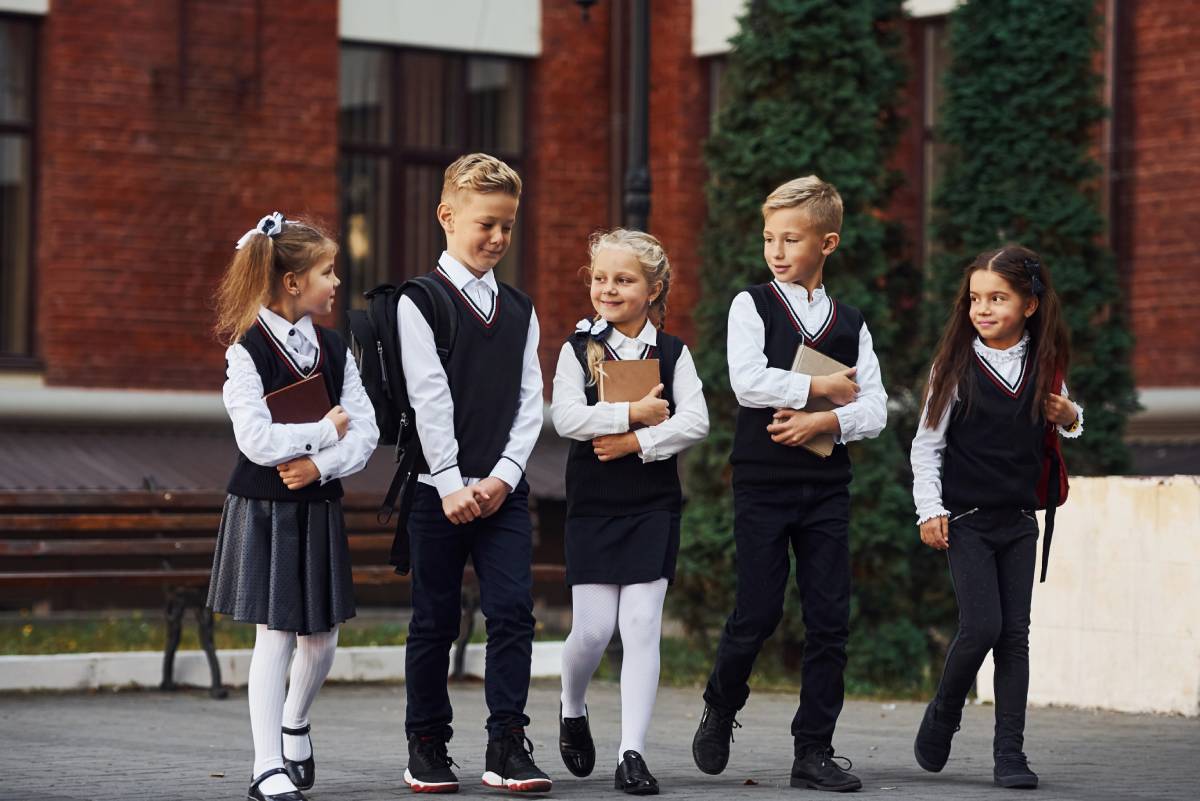While many teachers will insist that the transition from Year 6 to Year 7 is the big one, it is often at the other end of the school where problems occur.
The EYFS curriculum offers far more freedom than in year one, and the jump can be stressful for children and their parents. It is not uncommon for year one teachers to struggle with settling children into a year one routine.
So what can schools do about the issue of transition?
This article will explore ideas to transform the transition from reception into year one into something more positive.
Evaluate your Staffing
EYFS generally has a higher staff ratio, with most reception classes having at least one full-time support assistant in class with the teacher.
If your budget challenges have reduced your Year one class to operating without support, it will be hard for the teacher to maintain the same levels of activities, such as hearing readers.
Many younger children will still require help with toileting or putting on coats. And as for getting changed for PE…
Putting in a teaching assistant, at least for the first half term, can significantly affect how the children settle. If you cannot provide a classroom assistant, consider looking at how you can encourage volunteers into class to hear readers.
Focus on Children with SEND
Often year one is when children who have struggled in EYFS begin to stand out even more. If you are lucky enough to have a learning support assistant in your year one class, their time will probably be taken up with offering support to those children who are finding it difficult to adjust.
By identifying children who need support early, you can begin collecting evidence and applying for EHCP assessments as quickly as possible. Additional funding will then help you to source more targeted support.
Children with speech problems should be referred quickly to SALT as often early help is very effective in helping them to make progress.
Use EYFS Ideas
Rather than insisting on year one classes adapting to formal learning straight away, why not use free flow learning to build on their existing skills? The teacher can focus on working with small groups for English and maths while the rest of the class chooses.
Similarly, many schools have successfully implemented a carousel approach to learning. By introducing learning activities that connect with a topic at different tables, the teacher can focus on small group work for English and maths, and a teaching assistant can support another group.
The benefits of these approaches are creating an enabling environment that will be familiar to the children and will continue to promote independence.
Final Thoughts
Introducing play-based learning into year one can be too radical for many school leaders. However, considerable research has shown that the overall results are promising.
Minor tweaks to a classroom set-up, staffing and approach can help children acclimate and improve their learning. A gradual shift to a more formal learning approach in the Spring term can enhance retention, behaviour and progress rather than immediately dropping pupils into the deep end in September.



